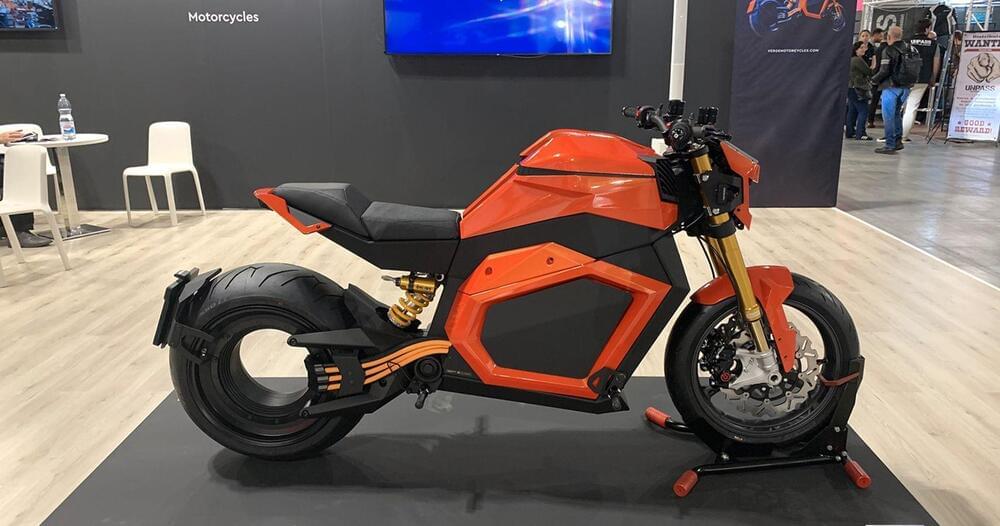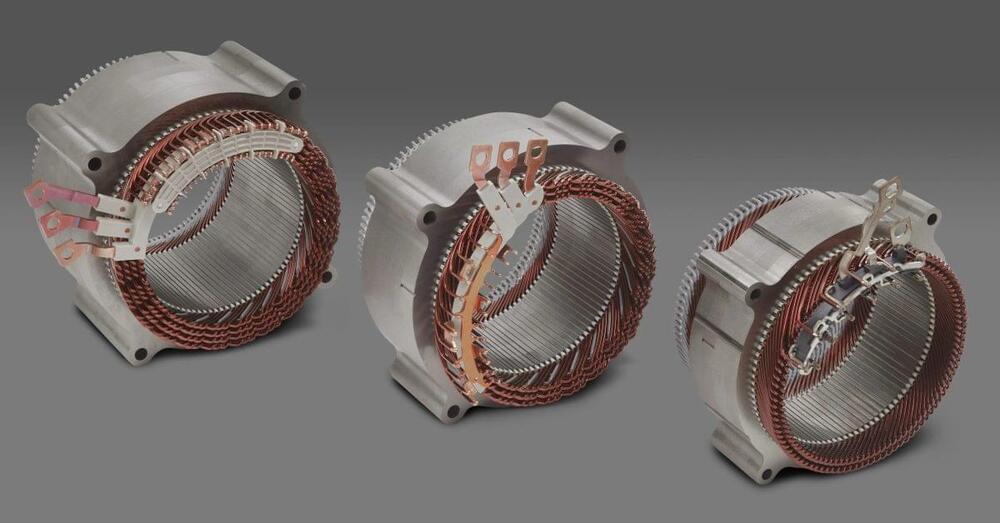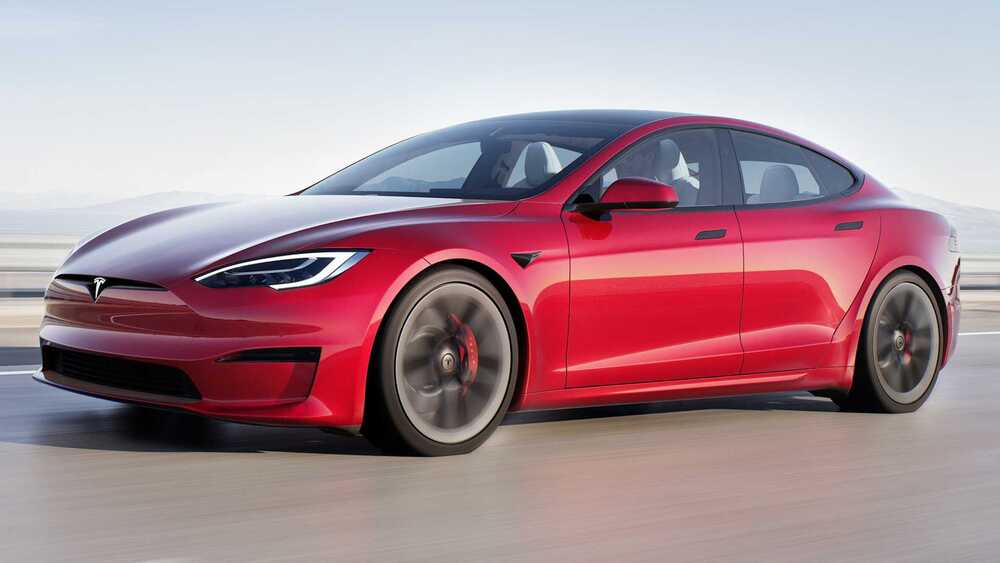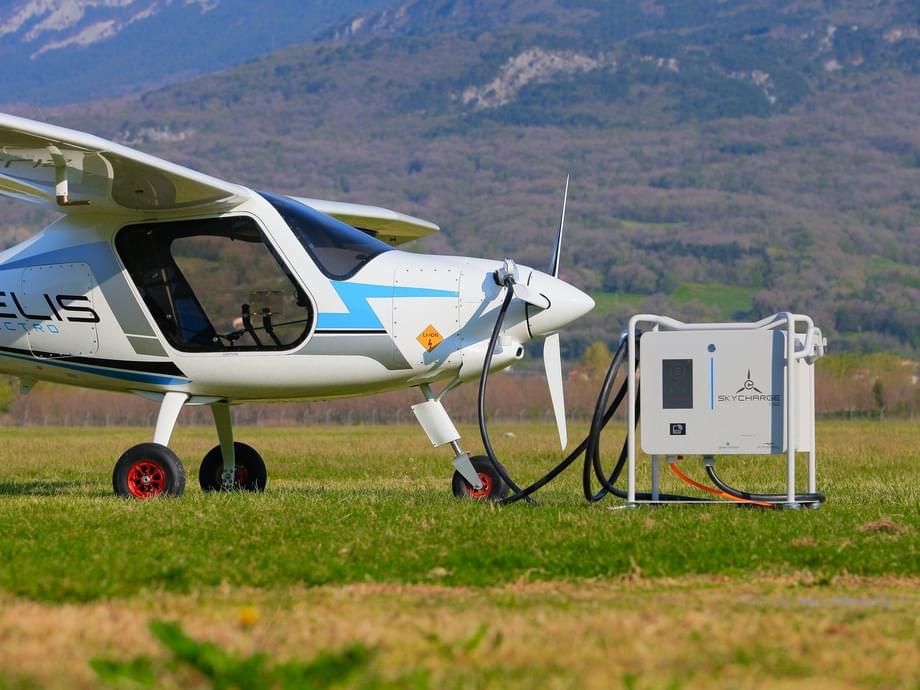Hyundai has already achieved this feat emphatically with the brilliant and much-loved Ioniq 5. It’s a car with more charm than just about every Hyundai ever made before it, and now comes Kia’s response. And I won’t waste your time: It’s absolutely brilliant.
Everything we admire about Kias of old remains with the new EV6: The pricing is competitive, the standard equipment is ample, the range, while perhaps no longer segment-leading, is more than enough for any use case, and the car is littered with small, thoughtful touches designed to make your life a little easier. But on top of that, and unlike the brilliant e-Niro, it looks fantastic, it’s enjoyable to drive, and the interior is exquisite. It’s comparable more to high-end e-SUVs like the I-Pace and EQC than the ID.4s and Mustang Mach-Es that it’s closer to in price.
Kia says that 10 years from now, we’ll look back at the EV6 as the car that transformed the brand. And having spent a day with one, I wholeheartedly agree.








